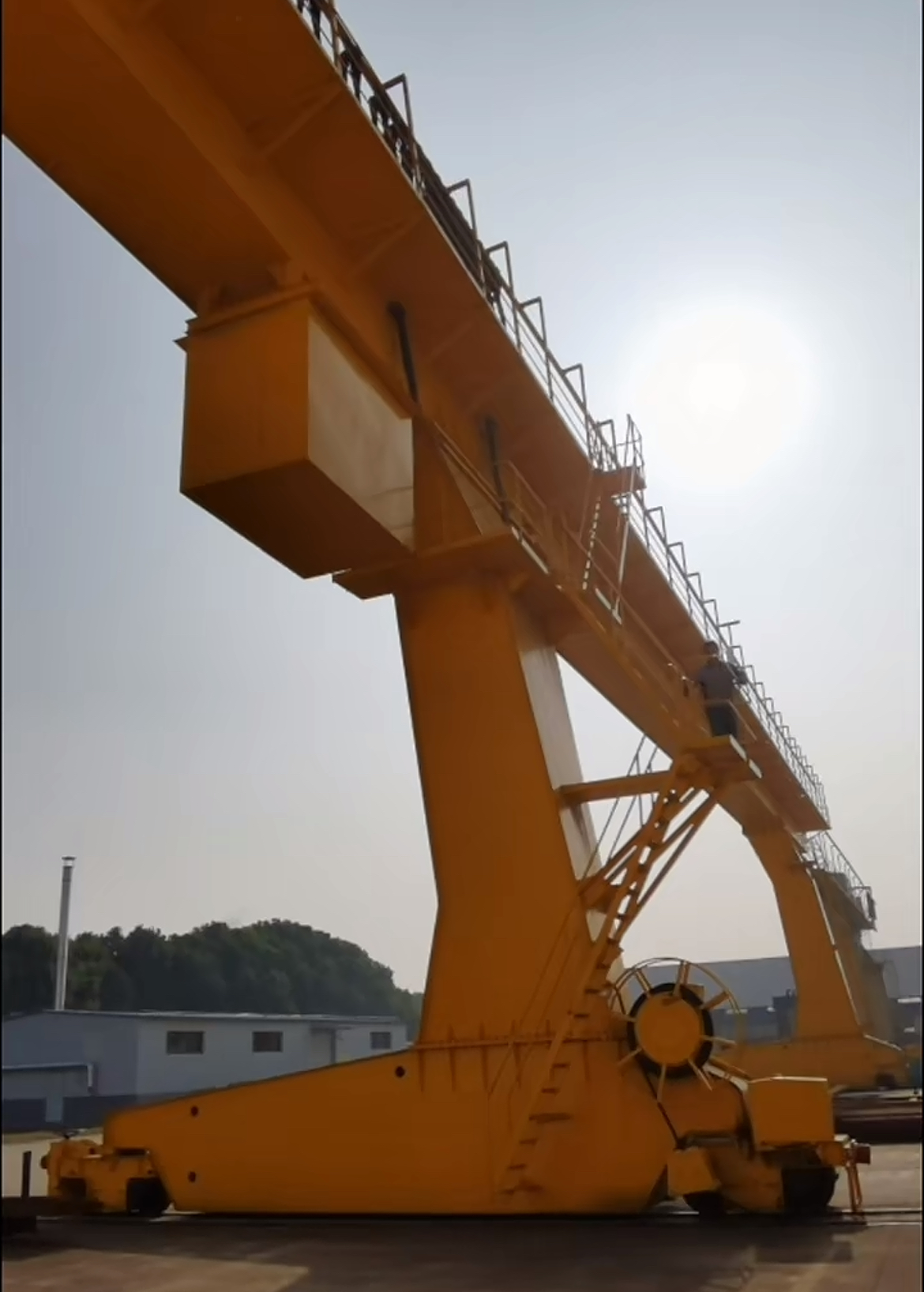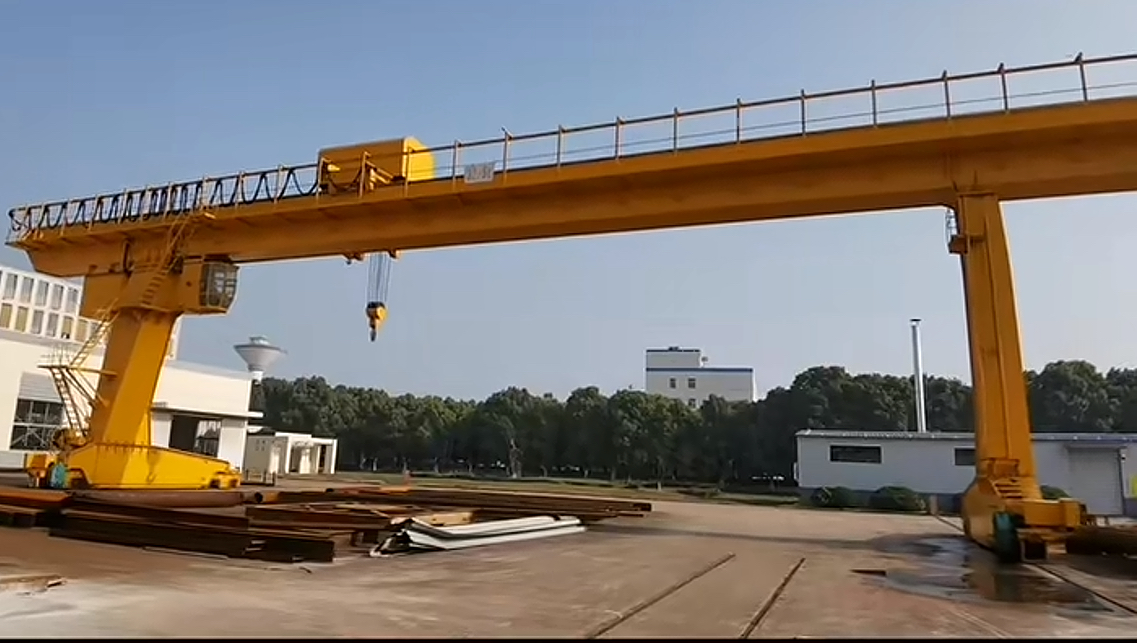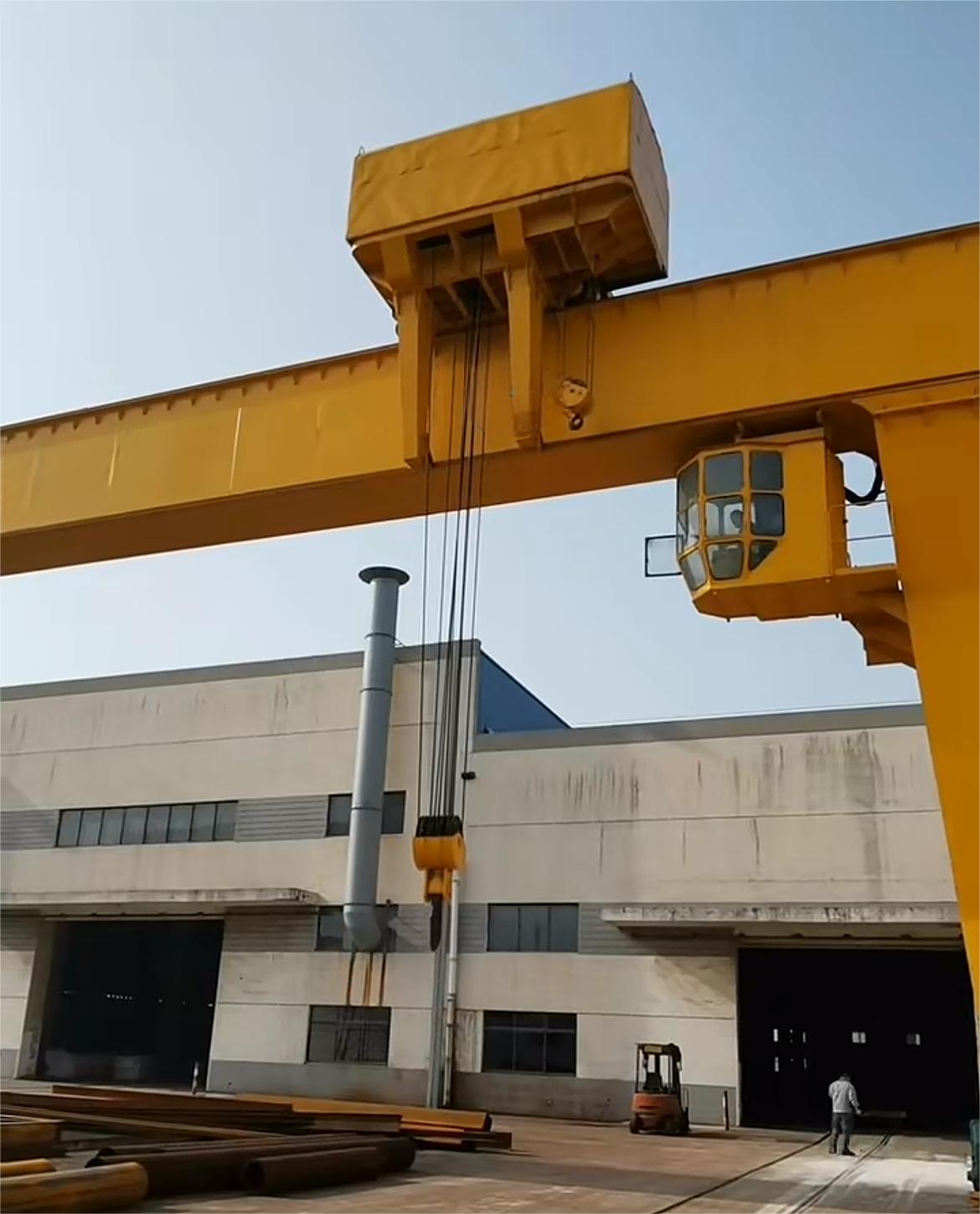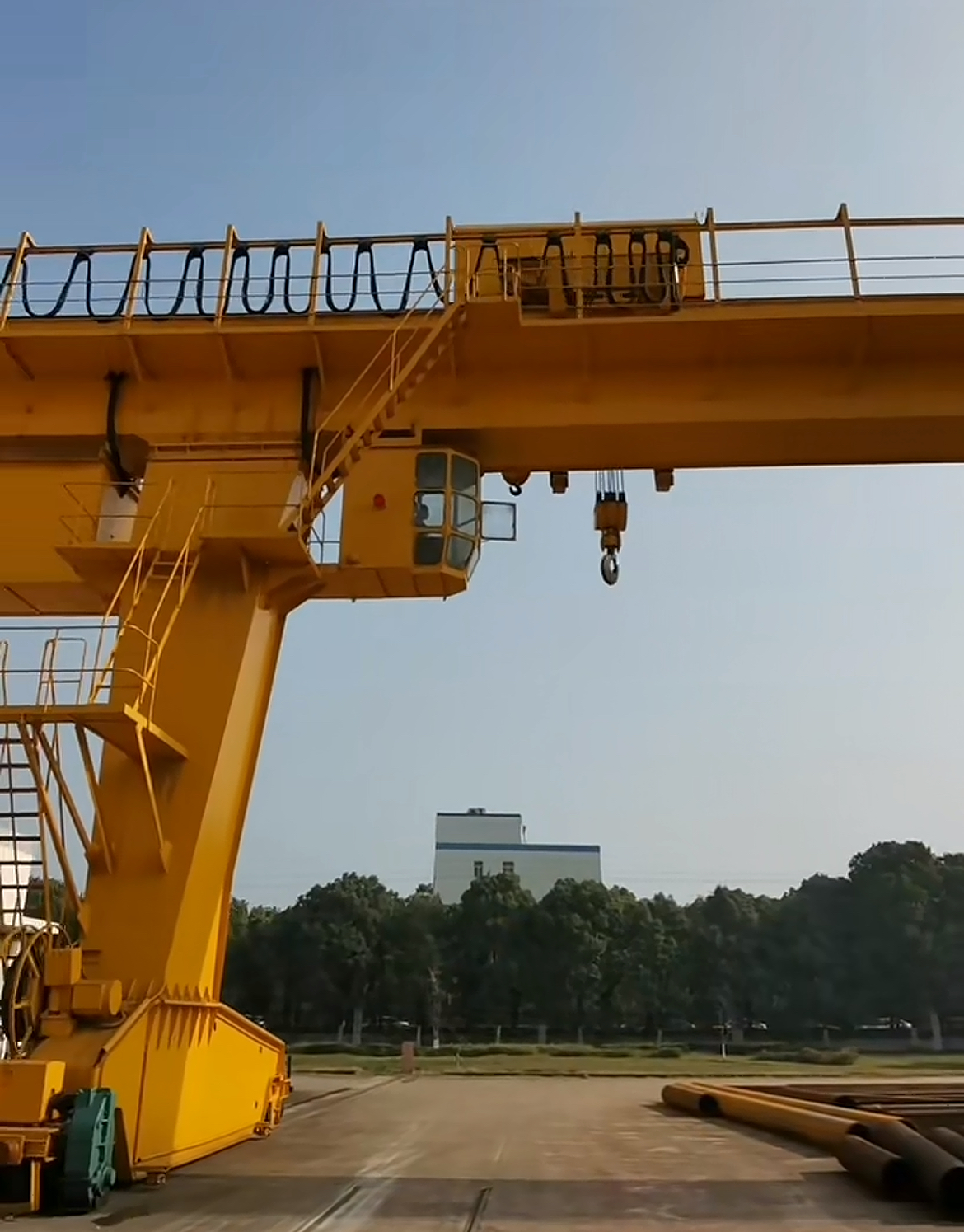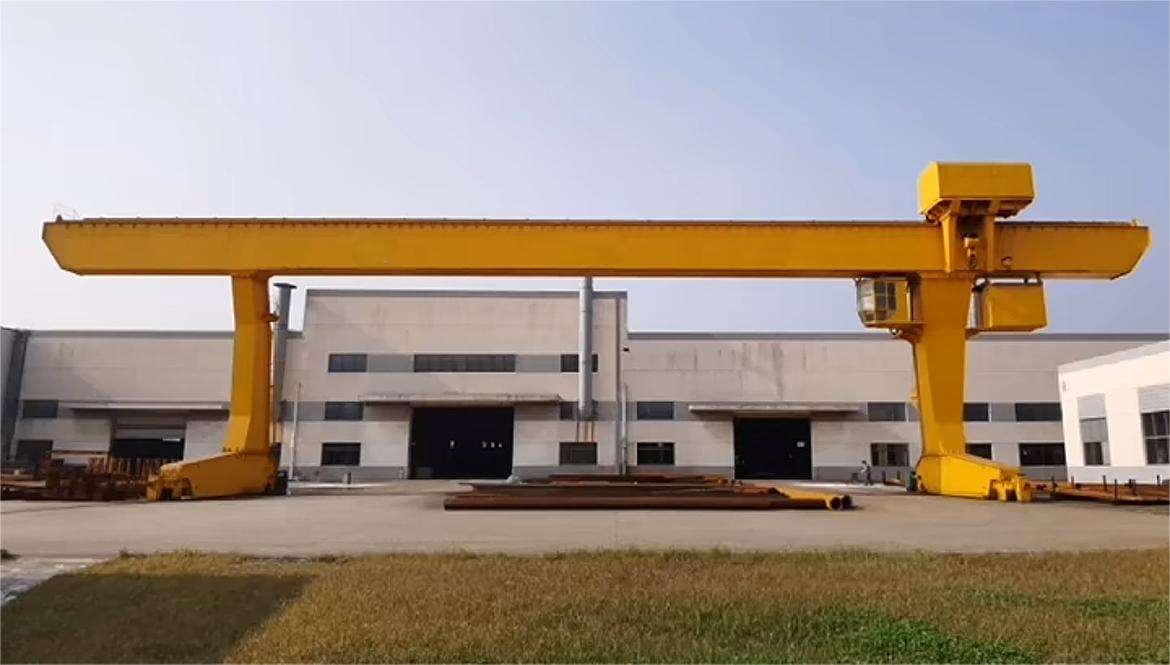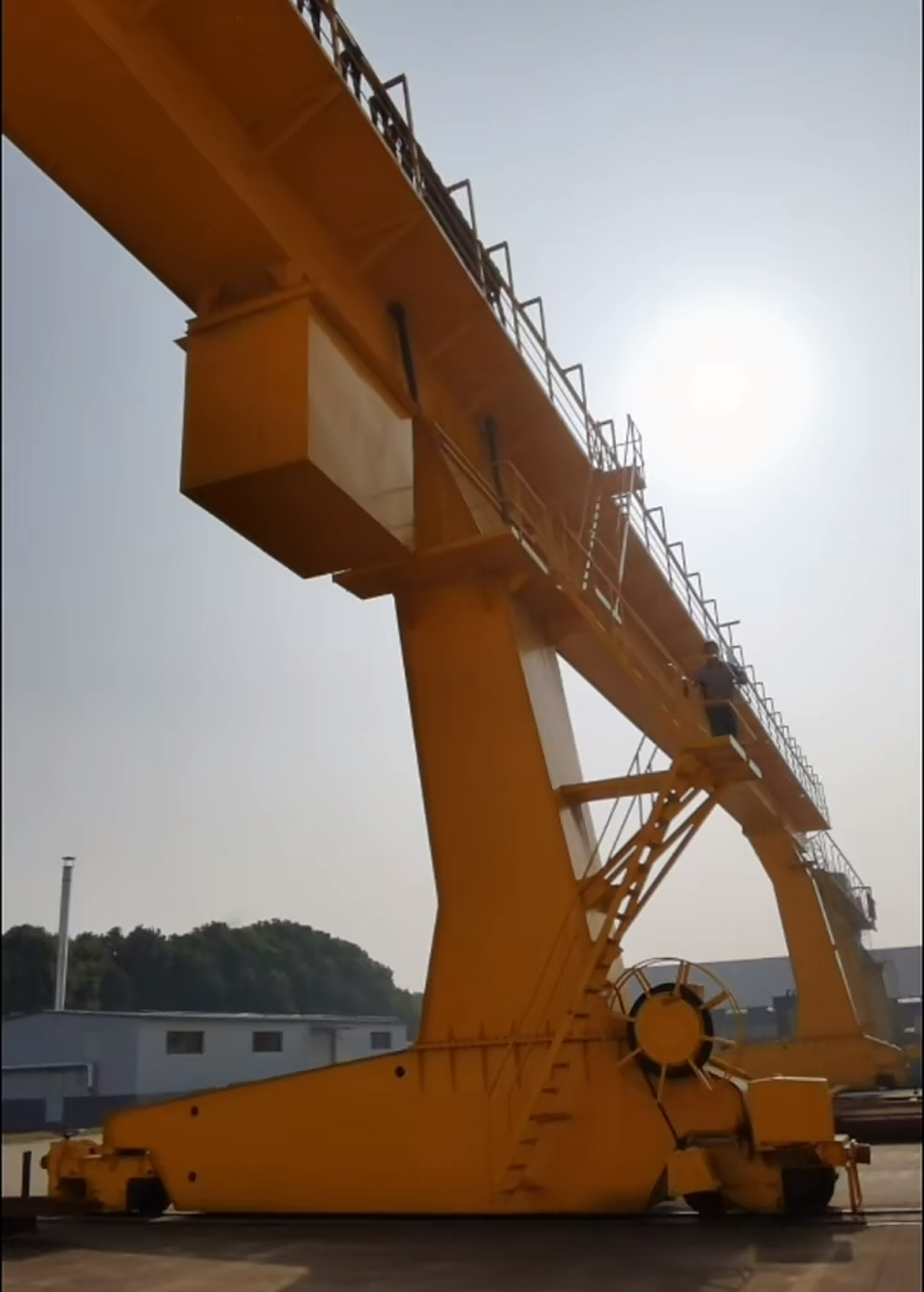Overview
MDG single-girder hook gantry crane is a general-purpose lifting equipment that meets the JB/T5663 "Electric Hoist Gantry Crane" standard. It is known for its compact structure, light weight, economical and practical, flexible and reliable operation. It is an ideal choice for all kinds of material loading, unloading, handling and stacking operations in the open air or workshops, especially for small and medium tonnage, medium span and frequent use.
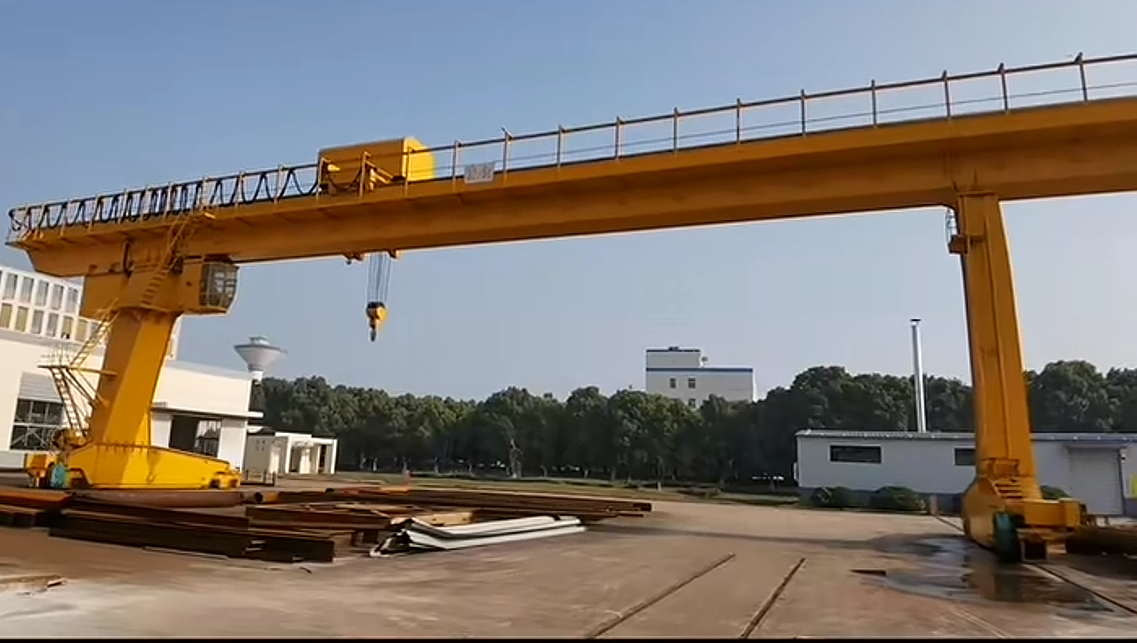
Core structure and design features
Adopting an optimized single box-section main beam structure, the off-track arrangement is arranged along the track direction (that is, the electric hoist running track is located above the web on one side of the main beam).
1. Usually designed as double rigid outriggers (L-shaped or "eight"-shaped with a certain inclination angle).
2. The outriggers and main beams, and the outriggers and lower crossbeams are connected with high-strength bolts to form a stable "door"-shaped frame.
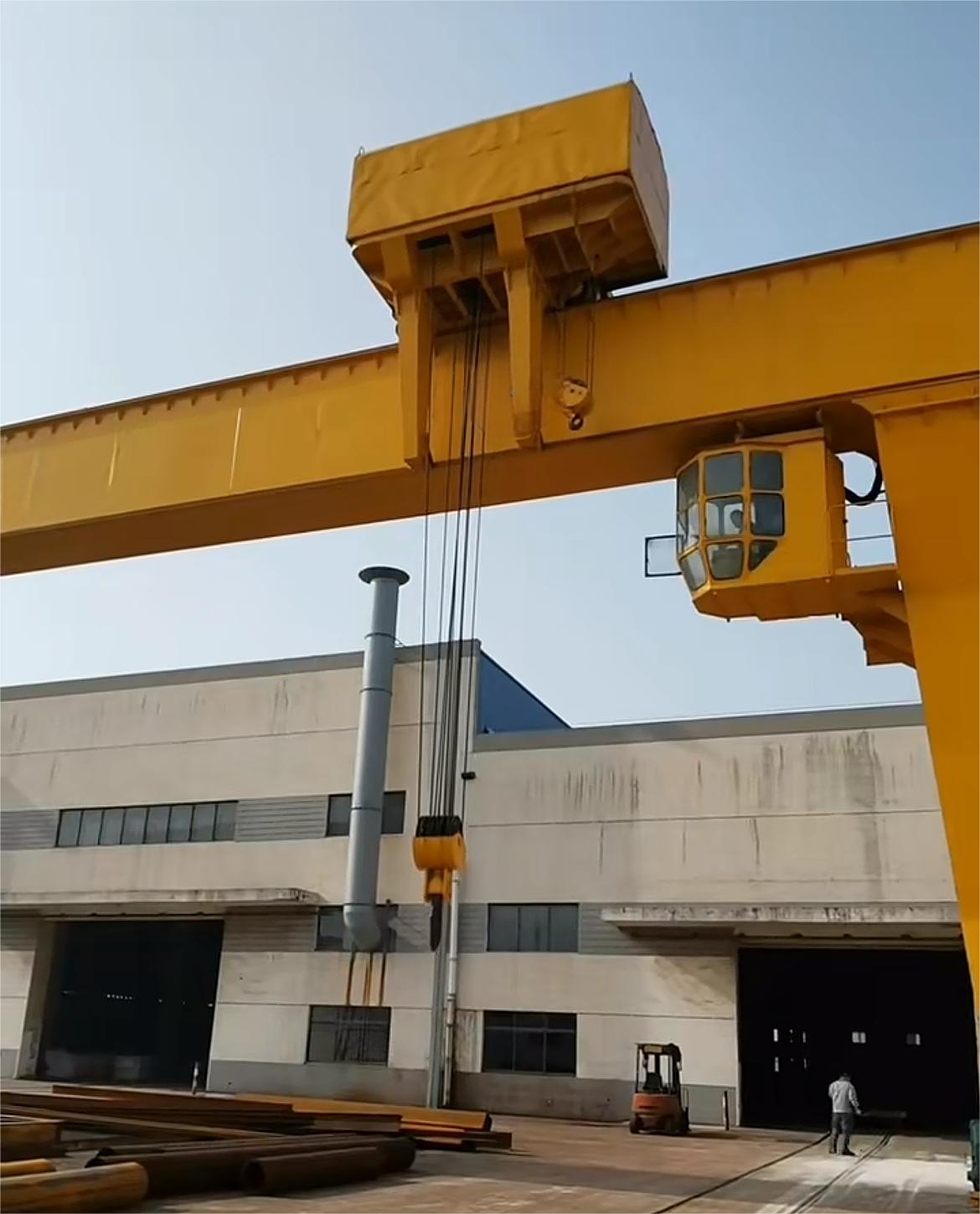
1. Drive mode: The standard configuration is four-corner drive (a set of drive devices is set at the lower end of each leg), ensuring smooth operation, uniform distribution of driving force, and effective prevention of "track gnawing" phenomenon.
2. Drive unit: A "three-in-one" drive device with reliable performance and easy maintenance is adopted (the motor, brake, and reducer are highly integrated).
3. Wheels and tracks: Equipped with high-quality alloy steel wheels, running on the standard QU type crane dedicated track.
1. Core equipment: A standard electric hoist (such as CD1/MD1 type wire rope electric hoist or HC type chain electric hoist) is used as the lifting mechanism, which is directly suspended on the I-beam track under the main beam for operation.
2. Trolley operation: The electric hoist itself carries the running trolley (usually electrically driven) and moves horizontally (perpendicular to the trolley operation direction) along the I-beam track on the lower flange of the main beam.
1. Adopting ground wired handle operation or wireless remote control operation (optional), the operator can flexibly choose the best position for control, with a wide field of vision and high safety.
2. The protection level of the control box (cabinet) is usually IP54, which is suitable for industrial environment.
3. Necessary electrical protection is standard: overcurrent, phase loss, short circuit, zero position, emergency stop, etc.
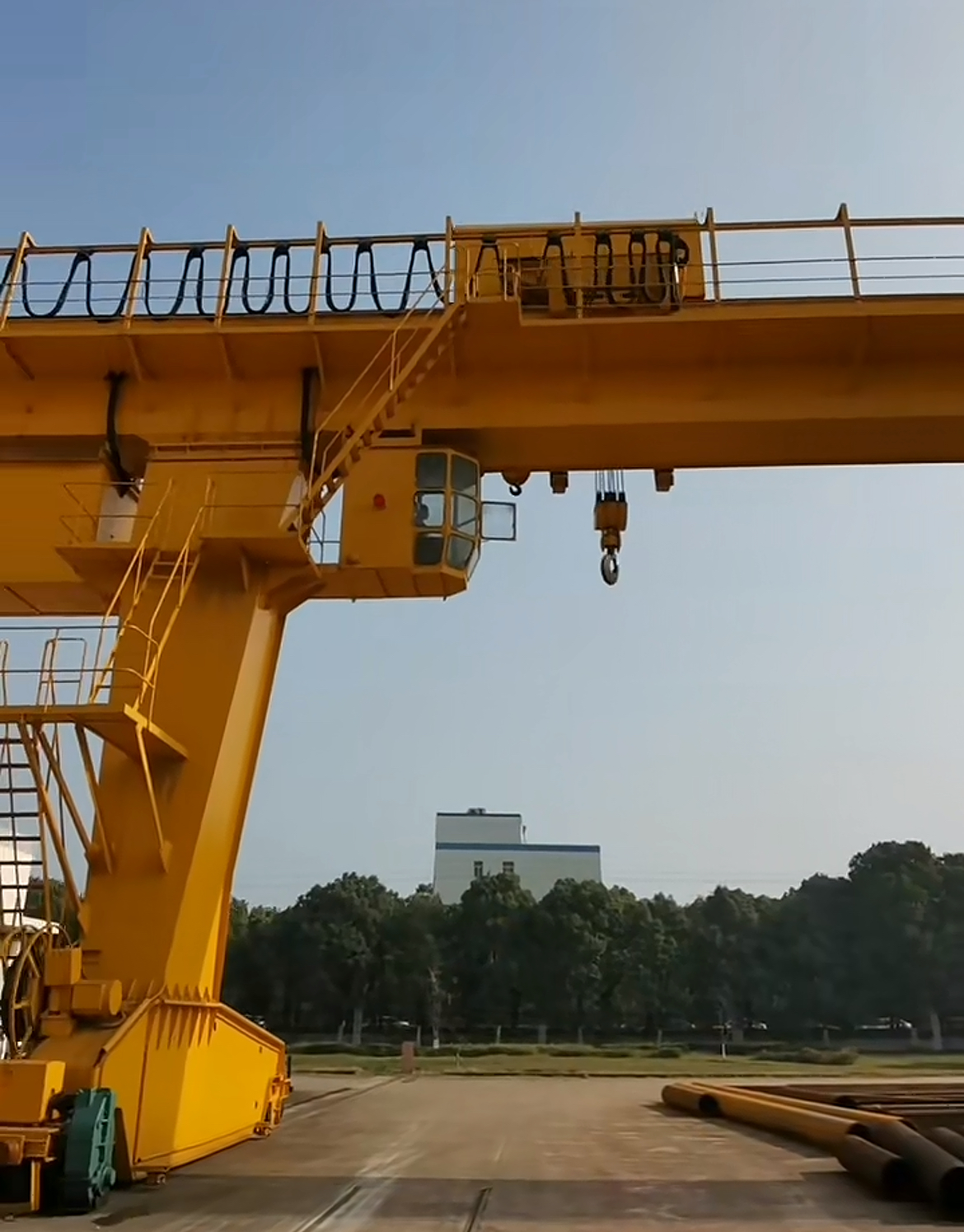
Main technical parameters (typical range)
| Technical Parameters | Typical Range |
|---|
| Capacity | 3 tons, 5 tons, 10 tons, 16 tons, 20 tons, 32 tons (customizable) |
| Span | 10 meters - 35 meters (common range) |
| Lifting height | 6 meters, 9 meters, 12 meters, 18 meters, 24 meters (customized according to user needs) |
| Duty Class | A3 - A5 (determined according to frequency of use and load status) |
| Travelling Speed | 20-30 meters/minute (adjustable) |
| Trolley Travelling Speed | 20 meters/minute (adjustable) |
| Lifting Speed | Conventional: 8 meters/minute; Two-speed hoist: 8/0.8 meters/minute (depending on hoist model) |
| Power supply | three-phase AC 380V, 50Hz |
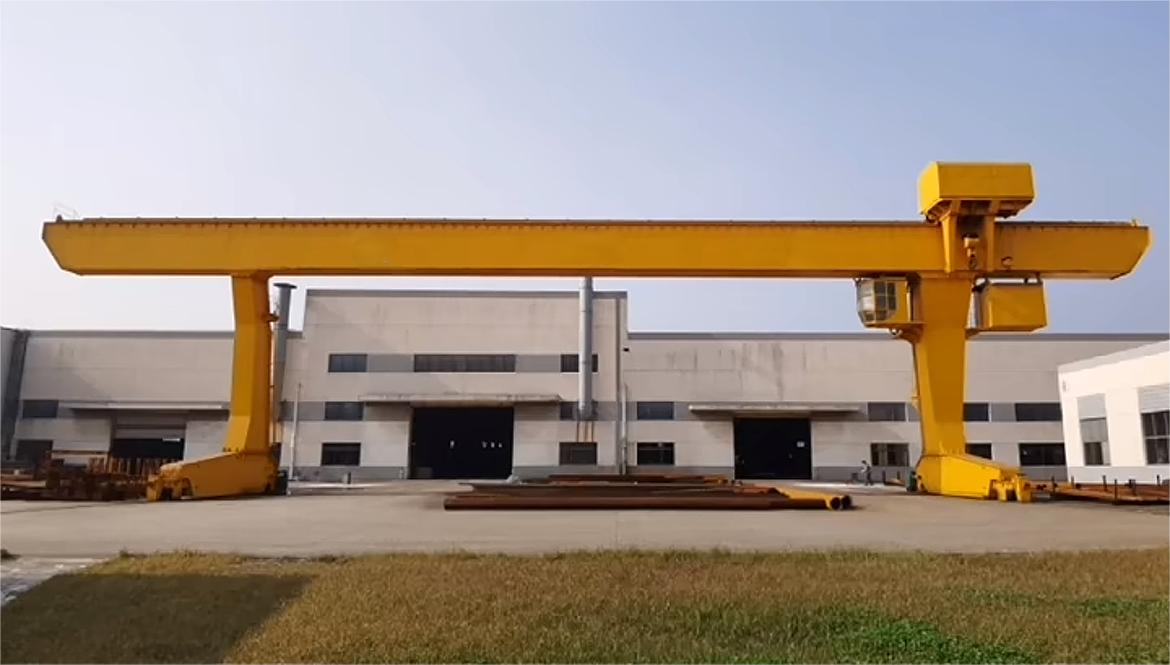
Typical application scenarios
Raw materials, semi-finished products and finished products handling in various manufacturing and processing workshops (machinery, metallurgy, building materials, etc.).
Material loading and unloading and stacking operations in warehouses, logistics centers and yards.
Container and bulk cargo transfer in freight yards, railway platforms and port terminals (selection is required according to the characteristics of the goods).
Lifting of equipment and components at construction sites.
Equipment installation and maintenance sites.
Selection and service
Jinghe crane customization: It can be customized according to the specific working conditions of users (such as special environments: high temperature, explosion-proof, high dust; special lifting equipment, etc.).
Professional support: Provide full-process services from scheme design, equipment selection, installation and commissioning to technical training and after-sales maintenance.
